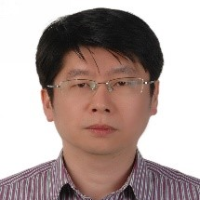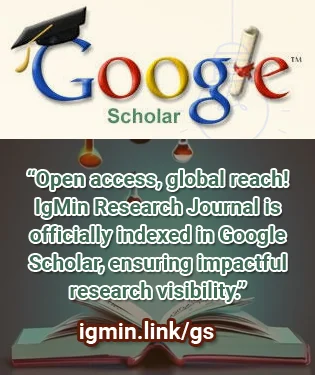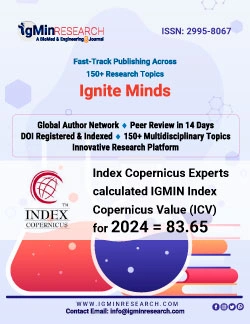バイオグラフィー
Baoming Wang, male, born in 1972, professor, PhD, PhD supervisor, director of the Building Materials Institute at Dalian University of Technology, and deputy director of the National Experimental Teaching Demonstrating Centre of Civil and Hydraulic Engineering. He won successively the Education Ministry's New Century Excellent Talents Supporting Plan, the Renowned Teachers in Liaoning Province Award, and the Hundred Talents Program of Liaoning Province.
In 2021 and 2022, he was selected into the World's Top 2% Scientists by Stanford University. His research interests focus on the area of high-performance cement-based composites and the recycling of industrial solid wastes. He has published over 150 journal articles, 4 academic monographs, and 4 translations drafted 4 standards (including national and provincial levels), and has been authorized 15 patents. And, his research was supported continuously by over 50 fund programs involving Joint Funds of the National Natural Science Foundation of China, the National Natural Science Foundation project, the National Science and Technology Support Project, and so on.
研究の興味
1. High performance cement-based composites; 2. Recycling of industrial solid wastes.

Editor
仕事内容
Professor
Dalian University of Technology
School of infrastructure engineering
China
Why publish with us?
Global Visibility – Indexed in major databases
Fast Peer Review – Decision within 14–21 days
Open Access – Maximize readership and citation
Multidisciplinary Scope – Biology, Medicine and Engineering
Editorial Board Excellence – Global experts involved
University Library Indexing – Via OCLC
Permanent Archiving – CrossRef DOI
APC – Affordable APCs with discounts
Citation – High Citation Potential
現在トレンドになっている記事はどれですか?
研究論文
- A Machine Learning-based Method for COVID-19 and Pneumonia Detection
- Assessment of Thermal Uniformity of Heating Plates Using a Thermal Imaging Camera
- Examining the Causal Connection between Lipid-lowering Medications and Malignant Meningiomas through Drug-target Mendelian Randomization Analysis
- The Antioxidant and Antidepressant Properties of Dietary Proteins Derived from Egg and Bean Extracts and Their Acute Toxicity: A Journey from Nutrition to Pharmacognosy
- Modeling of Cr3+ doped Cassiterite (SnO2) Single Crystals
- Development of a Mechanical Seal Closed Design Model
Advertisement






